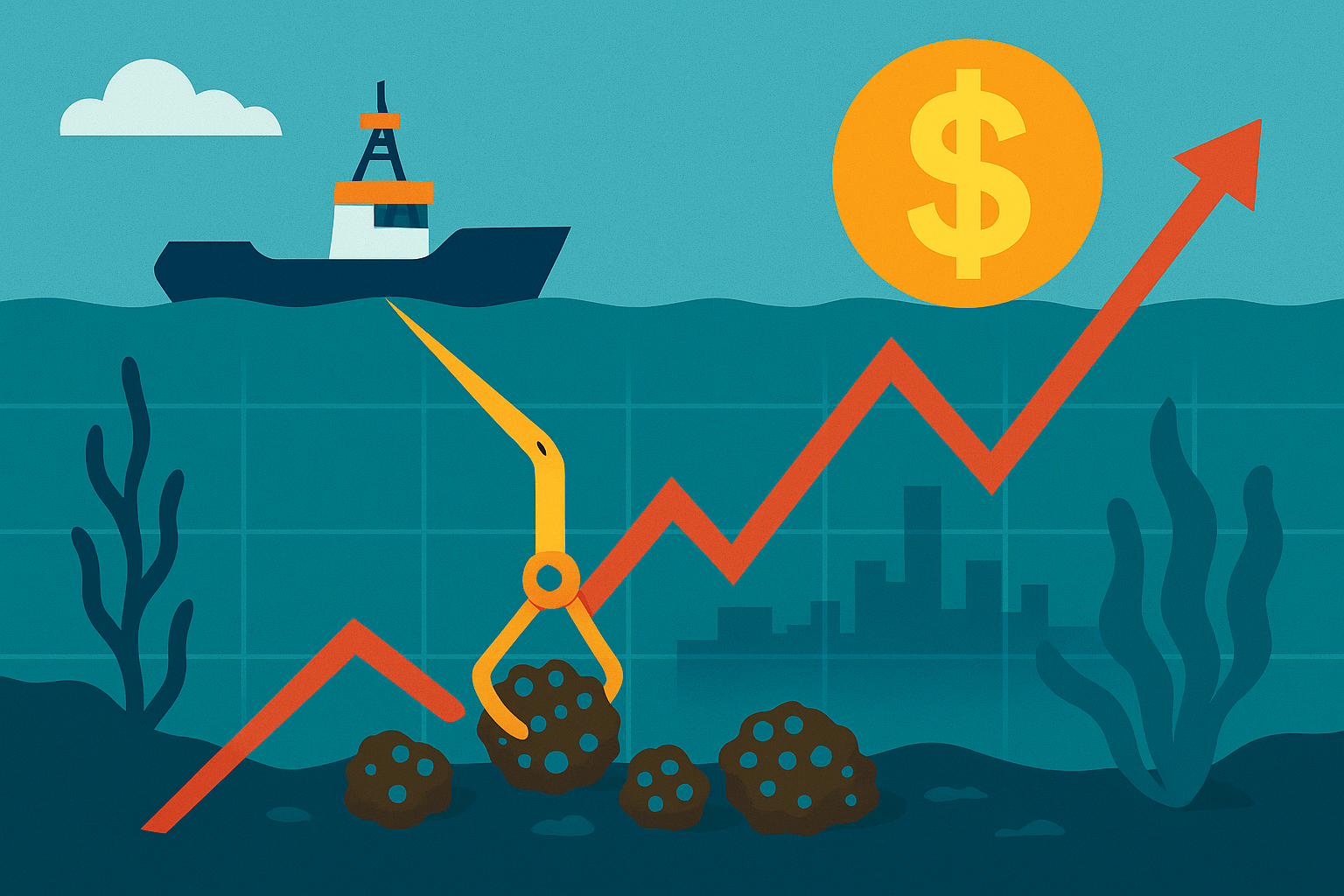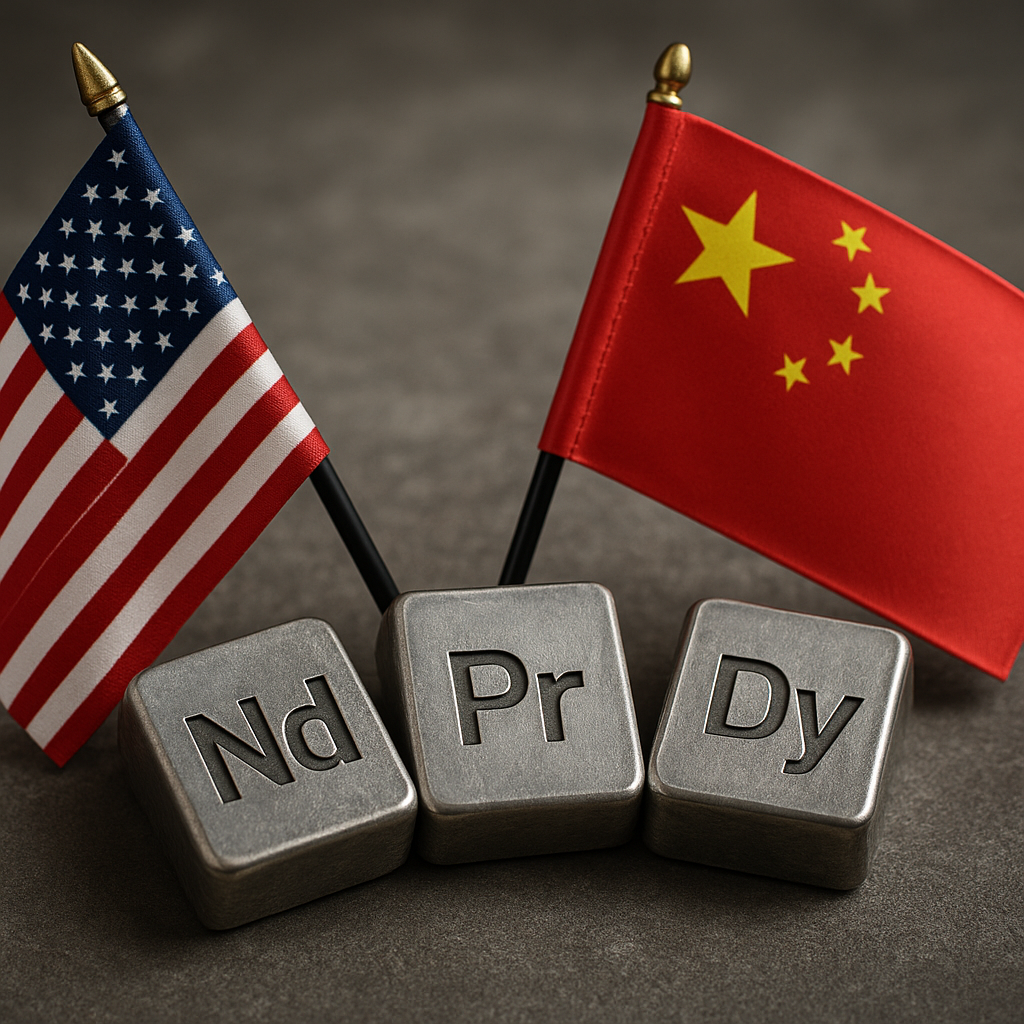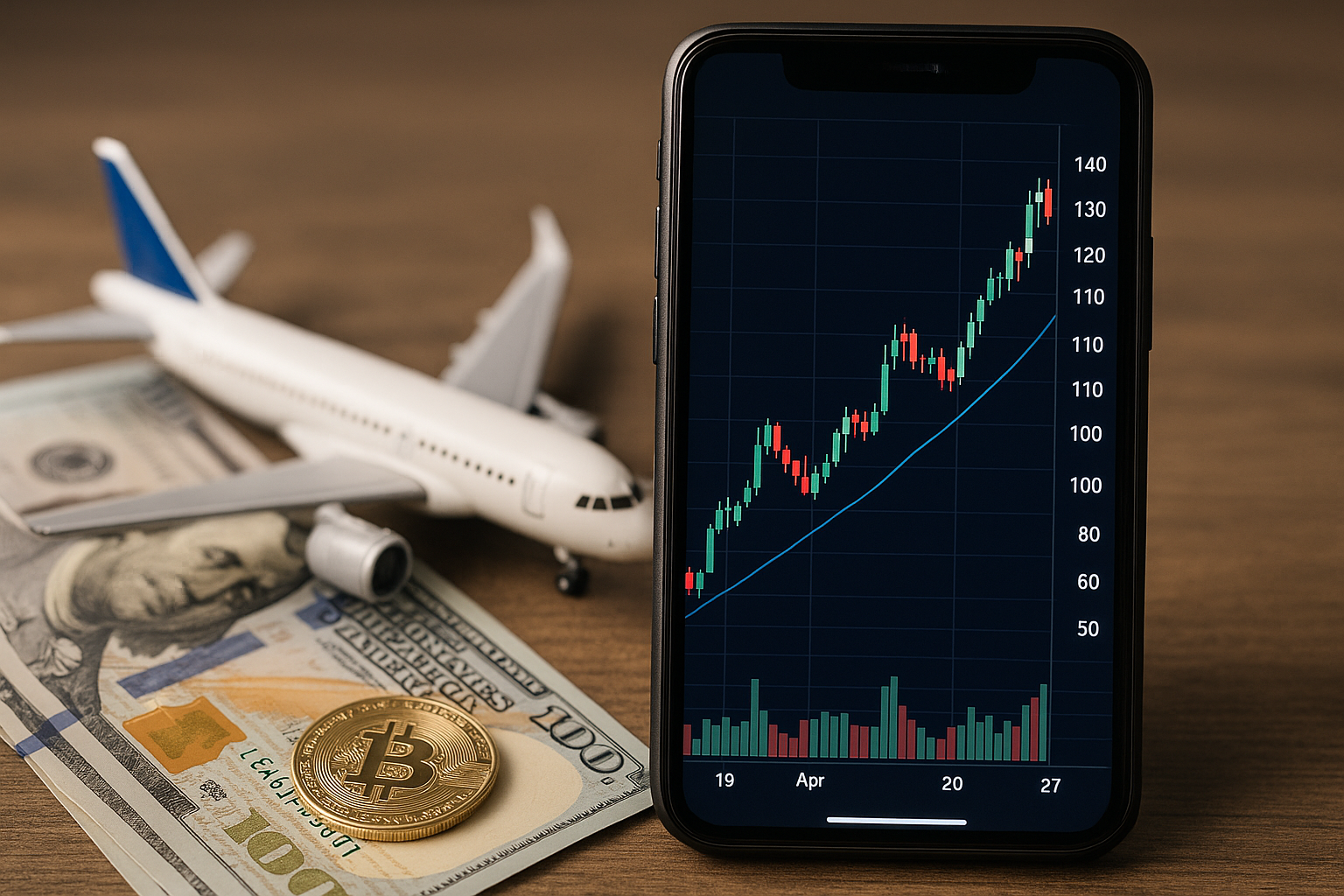The race to secure critical minerals for the green energy transition is moving into uncharted waters—literally. The Metals Company (TMC), a Canadian-based pioneer in seabed resource exploration, is pressing forward with plans to harvest polymetallic nodules from the Pacific Ocean. These nodules, rich in nickel, cobalt, copper, and manganese, represent a potential breakthrough for diversifying supply chains of key minerals essential to electric vehicles, batteries, and renewable energy infrastructure.
According to Mitrade, TMC’s initiative is gaining attention not only for its scale but for its symbolism: deep-sea mining could become the next great frontier in metals sourcing, addressing supply security concerns as demand for clean energy accelerates globally. Yet, the risks—technical, financial, and regulatory—are as vast as the oceans themselves.
Why This Matters for Investors
The global energy transition is fueling unprecedented demand for critical minerals. The International Energy Agency (IEA) projects that demand for nickel and cobalt could grow four- to six-fold by 2040 under current net-zero targets. Traditional land-based mines are struggling to keep pace, often facing political instability, environmental protests, and supply chain bottlenecks.
Seabed nodules, scattered across the Clarion-Clipperton Zone (CCZ) in the Pacific, contain some of the world’s richest concentrations of these minerals. Unlike traditional mining, nodules can be collected from the seafloor without drilling or blasting. Advocates argue this could reduce the land-use footprint of mining while providing a scalable alternative to meet future demand.
For investors, this marks a potentially transformative shift. If successful, deep-sea mining could reshape the supply chain for metals critical to electric vehicles (EVs), renewable energy, and advanced electronics.
Market and Policy Dynamics
Still, the sector remains in its infancy. The International Seabed Authority (ISA), the UN body governing ocean resources, has yet to finalize regulations for commercial-scale extraction. Until a clear global framework emerges, companies like TMC remain in a regulatory gray zone.
Financially, the path is also challenging. TMC has sought partnerships with major industrial players, but funding large-scale extraction technologies requires substantial upfront capital. Analysts at Bloomberg Intelligence have noted that “investor appetite will hinge on regulatory certainty and proof of cost-effective technology.”
Meanwhile, environmental concerns are a major overhang. Advocacy groups, including Greenpeace, argue that seabed ecosystems remain poorly understood and that large-scale mining could cause irreversible damage. Some nations, including France and Chile, have called for moratoriums on deep-sea mining until further scientific studies are completed.
Future Trends to Watch
- Energy Transition Metals Demand
The continued acceleration of EV adoption and renewable buildouts means the need for nickel, cobalt, and copper will only grow. Companies with early stakes in new supply streams stand to benefit disproportionately. - Regulatory Breakthroughs
Any progress at the ISA toward establishing a formal mining code could unlock investor capital. A greenlight would likely trigger a wave of investment into seabed mining technologies and partnerships. - Small-Cap vs. Majors
While TMC leads the charge, major mining companies are monitoring closely. BHP and Rio Tinto have explored ocean resource opportunities in the past. Should regulatory clarity emerge, larger miners with capital strength could enter aggressively.
Key Investment Insight
Investors intrigued by deep-sea mining should approach with a venture-style mindset: high risk, high reward. TMC and similar companies are speculative plays, but their upside could be substantial if regulatory approvals and technological milestones align.
Practical approaches include:
- Allocating a small-cap metals sleeve in portfolios, including TMC or other early-stage miners with deep-sea exposure.
- Tracking ESG-sensitive funds, as eventual adoption of seabed mining may require demonstrating lower environmental impact compared to terrestrial mining.
- Watching commodity-linked ETFs or diversified mining funds that could capture upside if deep-sea supply chains begin scaling.
The theme is clear: as the world electrifies, new sources of critical metals will be indispensable. Deep-sea mining could emerge as a supply chain disruptor, but the uncertainty surrounding its environmental and regulatory future means investors must weigh opportunity against execution risk.
The next decade may determine whether the ocean floor becomes the next resource frontier or remains untapped due to environmental and regulatory pushback. For investors, keeping an eye on The Metals Company and the broader deep-sea mining debate could provide an early edge in one of the most contested—and potentially lucrative—resource plays of the century.
Stay informed with MoneyNews.Today, where we track the trends shaping global markets and uncover the opportunities that matter most to investors.





